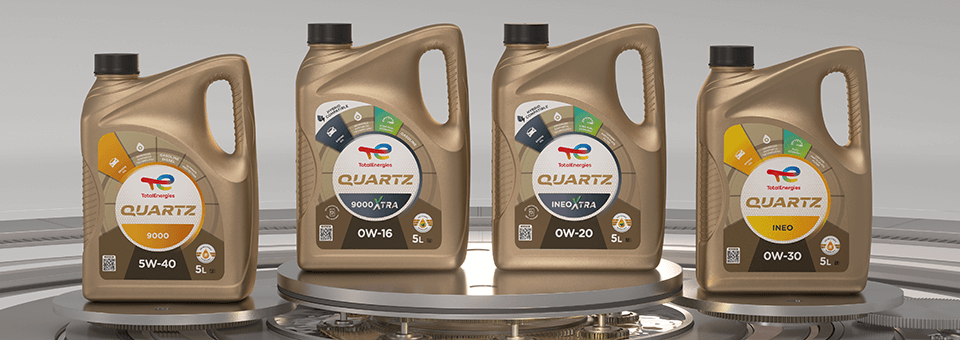How to choose engine oil?
Lubrication, cleaning, corrosion prevention: engine oil is essential for the smooth operation of your vehicle. How to choose engine oil? What are the main criteria? Mineral or synthetic, viscosity index, standards: consider all the information before selecting the appropriate product.

What engine oil to choose: synthetic or mineral?
When selecting engine oil, you should first know which type of oil you need. Mineral oils are obtained through the process of refining petroleum; synthetic oils are obtained by blending several synthetic components. Semi-synthetic oils represent mixtures of mineral and synthetic oils. The nature of the product determines its viscosity (often referred to as the grade).
Viscosity is an indicator that characterizes oil’s resistance to movement between its layers in warm and cold conditions. Engines can reach temperatures up to 400°C, making this a crucial criterion when choosing the right product. Motor oil packaging carries this label: 00w00. The number on the left indicates the oil’s viscosity at low temperatures. The lower the number, the more efficient the product is at low temperatures. The number on the right denotes the oil’s performance in hot conditions. The higher the number, the more effective the oil is at high temperatures.
Mineral oils
Mineral oils, obtained through petroleum refining, are commonly used in “conventional” engines, especially older models or engines without turbochargers. They are denser than synthetic or semi-synthetic oils and recommended for driving in moderate climates (they are not suitable for high-temperature conditions). Their oxidation stability is lower than other types of motor oils, requiring more frequent changes compared to synthetic oils. The main advantage of mineral oil is its lower cost.
Semi-synthetic oils
These oils are a mixture of mineral and synthetic oil. By adding synthetic oil to mineral oil, their performance and protection improve. Semi-synthetic oils strike a good balance between quality and cost. Using these oils does not significantly affect the oil change frequency.
Synthetic oils
Chemically modified for enhanced performance, synthetic oils contain fewer impurities than mineral oils, making them higher quality. They are designed for high-performance engines, making them more suitable for modern vehicles and racing cars. Synthetic oils facilitate cold engine starts while also withstanding high operating temperatures. Additionally, they contribute to engine maintenance optimization. Oil change intervals are longer for both diesel and gasoline engines when using synthetic oils.
What to consider when choosing engine oil
When selecting engine oil, look for standard product characteristics. This information will help you determine:
• the type of engine for which the oil is intended (diesel or gasoline)
• the oil’s performance specifications
• whether the oil aligns with the vehicle manufacturer’s recommendations.
Currently, three standards describe motor oils in the market.
ACEA standard
The ACEA standard stands for the European automobile manufacturers’ association. (in French “Association des Constructeurs Européens Automobile”). It is a quality indicator that uses a combination of letters and numbers (for example A1) The letter indicates the type of engine:
• A: oil for gasoline engines
• B: oil for diesel engines and passenger vehicles with diesel engines
• C: for light engines with catalysts or DPF filters
• E: for commercial vehicles and trucks
The number represents specific performance requirements that the oil must meet.
ACEA 2016 defines:
• 3 categories for gasoline and diesel engines: A3/B3, A3/B4, A5/B5
• 5 categories for vehicles with pollution control devices: C1, C2, C3, C4, C5
• 4 categories for commercial vehicles and trucks: E4, E6, E7, E9, of which two are for vehicles with pollution control filters: E6 and E9.
SAE standard
Established by the Society of automotive engineers, it describes the viscosity grade of oil. It is usually displayed on the front of the packaging: in the form of 00w00.
API standard
Set by the American Petroleum Institute, it classifies products based on various criteria, including dispersant strength, wear protection, oxidation resistance, corrosion, and detergents. The API standard consists of two letters: S for gasoline engines or C for diesel engines. The second letter indicates oil performance. The further along the alphabet, the higher the oil quality. For example, oil labeled SH has lower performance than oil labeled SN.

